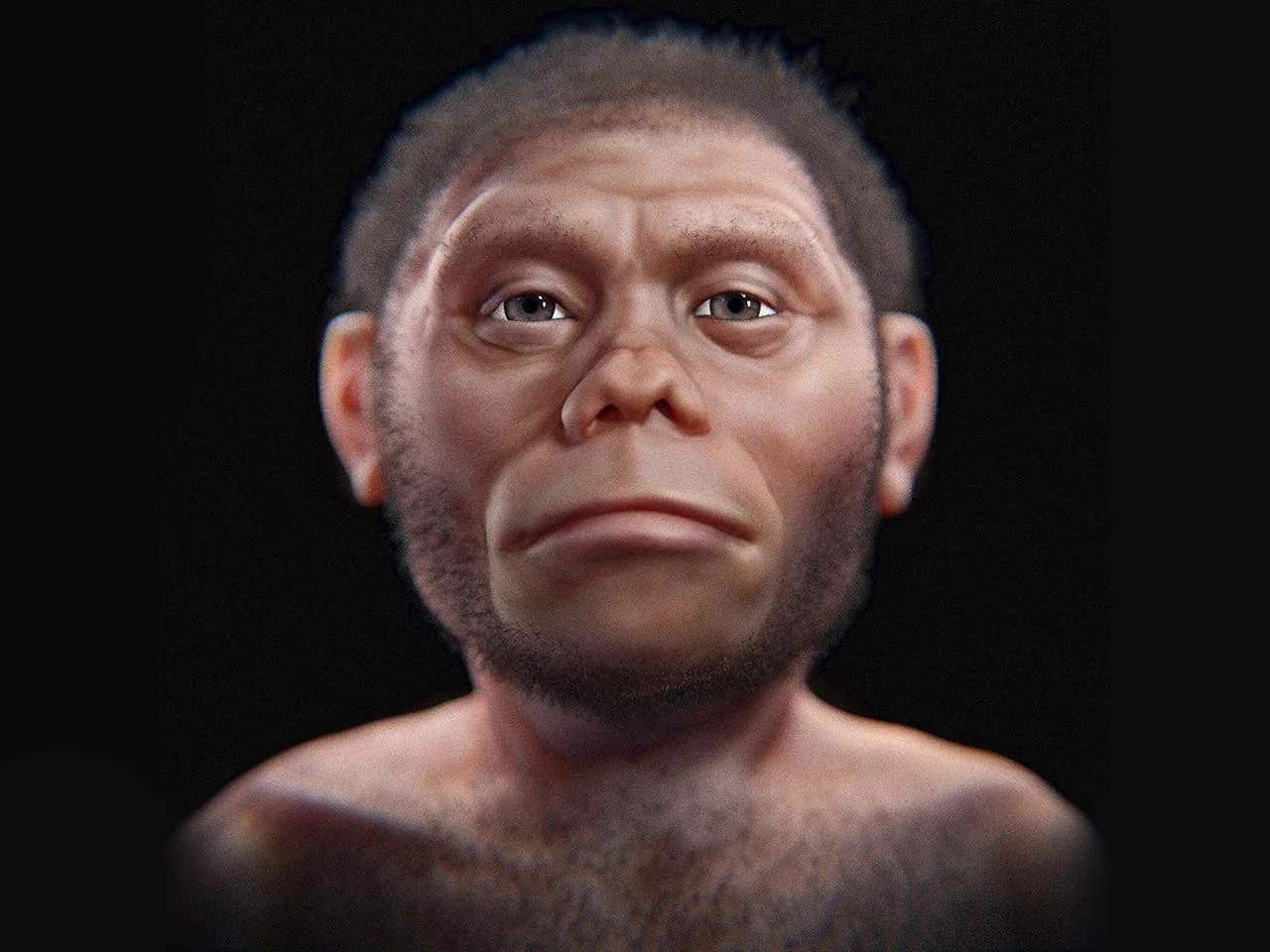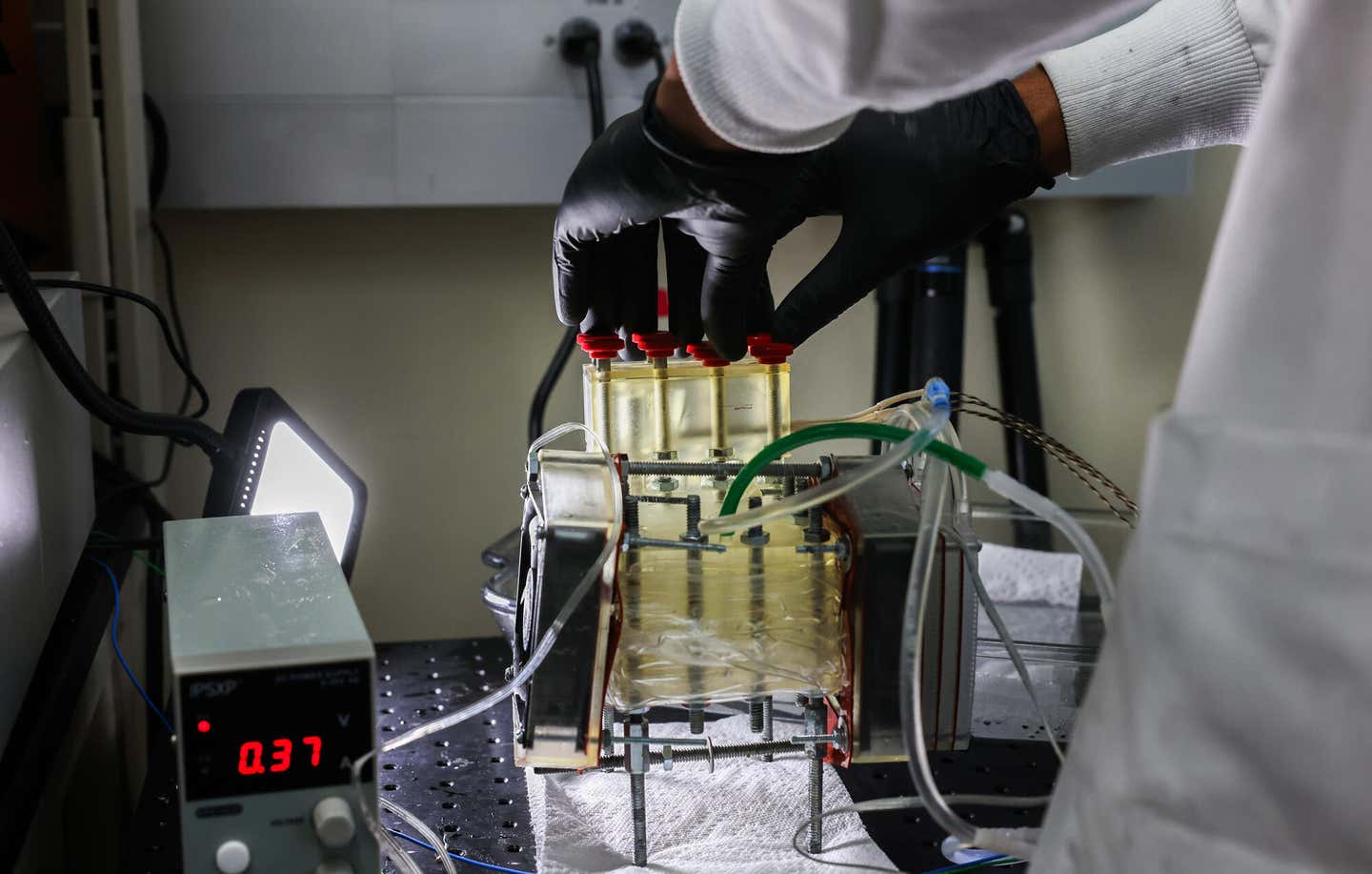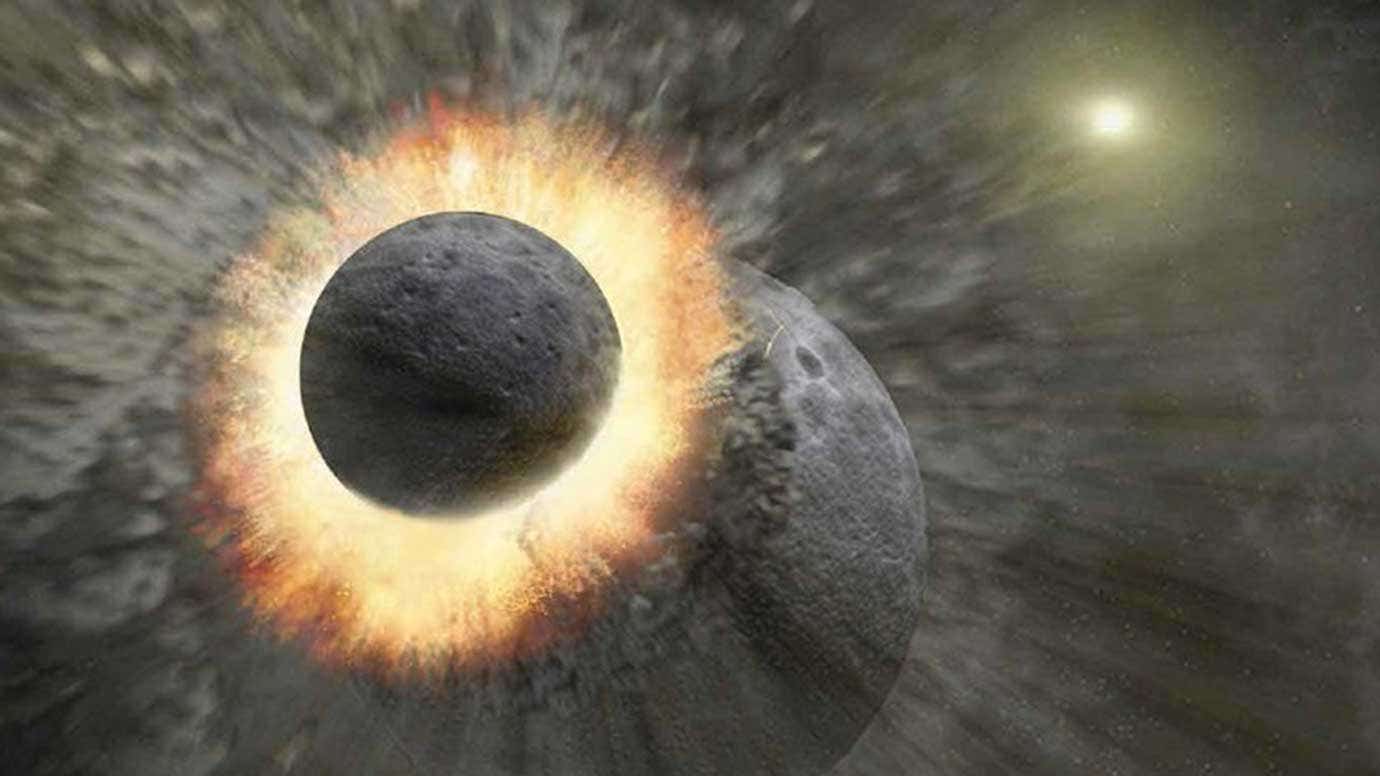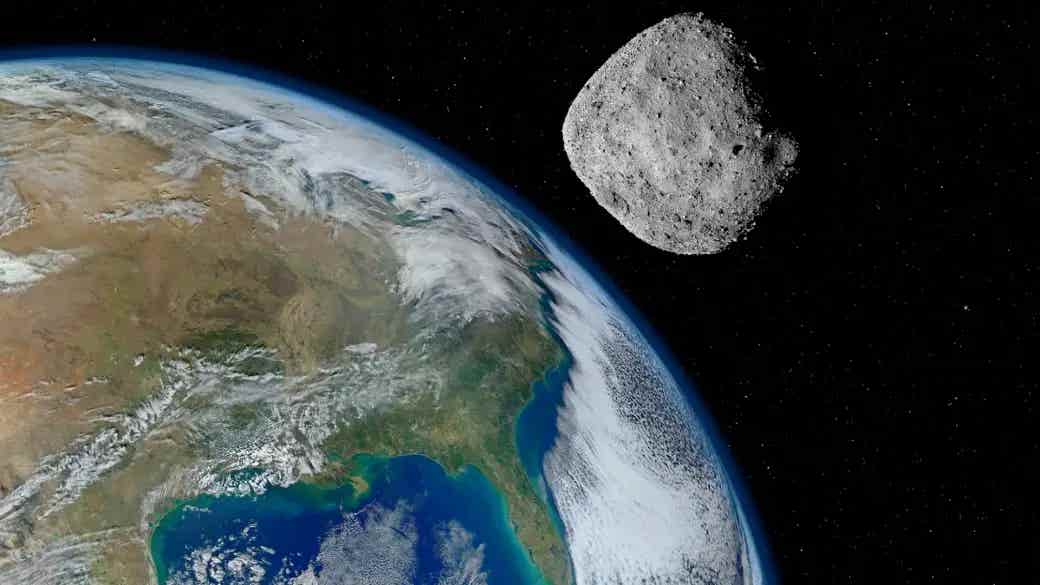A completely new human species from 100,000 years ago could upend human ancestry
Discover the Juluren, a newly proposed ancient human group in Asia with unique traits and brain size, reshaping the story of human evolution.

A facial approximation of Homo floresiensis. (CREDIT: Cicero Moraes)
Over 100,000 years ago, a unique group of ancient humans, the Juluren or “large head people,” roamed eastern Asia. Recently introduced to the scientific world as Homo juluensis, this group displays a combination of physical traits unlike any other known hominins.
Their distinct features and remarkably large brain size are reshaping our understanding of human evolution, particularly in Asia, a region long undervalued in paleoanthropological research.
Proposed by paleoanthropologists Xiujie Wu and Christopher Bae, the Juluren exhibit a mosaic of characteristics—some shared with Neanderthals, others absent in Denisovans, Homo erectus, or modern humans. Fossil evidence reveals faces and jaws that reflect a complex evolutionary story.
These findings challenge long-held stereotypes about human ancestry in Asia, where discoveries have often been overshadowed by research in Africa and Europe.
The fossils date back to between 300,000 and 50,000 years ago, suggesting the Juluren coexisted with other hominins, including early Homo sapiens. Their brain size, estimated at over 1700 cubic centimeters in some cases, surpasses that of most ancient humans and even many modern ones. This distinguishing feature underscores the diversity and adaptability of ancient human groups in a region often dismissed as a "backwater" in early human evolution.
For decades, human fossils in Asia that did not fit neatly into categories like Homo erectus or Homo sapiens were grouped under broad labels, such as “Denisovans.” Wu and Bae’s research suggests these fossils represent a more intricate evolutionary web.
Anthropologist John Hawks described their findings as “provocative,” emphasizing that much remains to be uncovered about human history in Asia. By naming the group Juluren, researchers aim to better contextualize their place in the human evolutionary story.
The Middle Pleistocene period in Asia is increasingly recognized as a hub of human evolution. Early stereotypes that Chinese regions were evolutionary cul-de-sacs, where Homo erectus lingered with rudimentary tools, have been dismantled by decades of discoveries.
Related Stories
Chinese scientists, including Xinzhi Wu and Lanpo Jia, challenged these outdated views. They proposed a “river network” model of human evolution, where populations diverged and merged across Africa and Eurasia. This idea of genetic exchanges and regional continuity forms the basis for understanding the Juluren and their place in history.
Recent advances in dating techniques, such as cosmogenic burial aging, U-series-ESR, and optically stimulated luminescence (OSL), have refined the chronology of these fossils. Genetic studies have also transformed our understanding, especially those from Denisova Cave in Central Asia.
Yet, the anatomical variation of Denisovans remains mostly unknown, leaving researchers to ponder which fossils truly represent this enigmatic group. Wu and Bae’s work shifts the focus to fossils from northern and central China, particularly from the Xujiayao and Xuchang sites, which they suggest may belong to the Juluren.
The Xujiayao site, located in the Nihewan Basin of northern China, has yielded over 10,000 stone artifacts and 21 hominin fossils since its discovery in 1974. These fossils date to between 250,000 and 130,000 years ago and include fragments of skulls and teeth.
The most complete skull, Xujiayao 6, reveals a cranial capacity of 1700 milliliters, the largest of its time. While its size rivals modern humans, its shape is markedly different, with a broader base and lower height.
Other fossils from Xujiayao, such as a child’s upper jaw (Xujiayao 1), offer insights into dental patterns. These teeth display a mix of traits seen in both Neanderthals and earlier Asian hominins. For example, the shovel-shaped incisors resemble those from Zhoukoudian, while their curvature hints at Neanderthal-like traits. Researchers have also noted similarities in molar root structure and development patterns with modern humans.
Further south, the Xuchang site in Henan Province has contributed two key fossils, Xuchang 1 and 2, dating to between 125,000 and 105,000 years ago. These skulls reveal even larger cranial capacities—1800 milliliters in Xuchang 1—exceeding most living humans and Neanderthals.
Despite their size, these skulls lack the high, rounded shape of modern humans, sharing some traits with Neanderthals, such as a suprainiac fossa, a small depression at the back of the skull.
Together, the Xujiayao and Xuchang fossils present a mosaic of traits that challenge traditional classifications. Some characteristics link them to Neanderthals, while others suggest connections to Denisovans or earlier Asian populations. The diversity within these fossils reflects the complexity of human evolution in eastern Asia, where interbreeding and migration likely played significant roles.
The Juluren’s distinct features also raise questions about their relationship to the Denisovans. Fossils identified as Denisovans, such as those from Denisova Cave and the Xiahe mandible from Baishiya Karst Cave, share some traits with the Xujiayao and Xuchang specimens.
Large, complex molars and robust jaw structures suggest possible connections, but significant differences remain. Wu and Bae propose that the Juluren represent a unique population shaped by genetic exchanges between Asian Homo erectus, Neanderthals, and other ancient groups.
Names like “Denisovan” and “Juluren” are critical for organizing our understanding of ancient human groups. The term “Denisovan,” coined after genetic analysis of a finger bone from Denisova Cave, has become a catch-all for diverse populations across Asia and the Pacific. However, this broad label obscures the complexity of their evolutionary history.
Genetic evidence reveals deep divergences within Denisovan populations, some dating back 350,000 years. The Juluren’s distinct anatomy and evolutionary timeline warrant a separate designation, even if they share common ancestry with Denisovans.
Naming these groups also helps clarify their cultural and ecological contexts. The Xujiayao and Xuchang fossils reflect lives shaped by varying environmental pressures, tools, and social behaviors.
Their large brain sizes hint at advanced cognitive abilities, but their fragmented fossil record limits definitive conclusions. As Wu and Bae emphasize, these groups likely represent a dynamic network of populations that mixed and adapted over millennia.
The discovery of the Juluren underscores the complexity of human evolution and challenges the idea of linear progress. Instead, the human story appears as a tangled web of migrations, interactions, and adaptations.
As new technologies and discoveries refine our understanding, names like Juluren provide valuable tools for navigating this intricate history. The large head people, with their unique combination of traits, remind us of the diversity that has always defined humanity.
Note: Materials provided above by The Brighter Side of News. Content may be edited for style and length.
Like these kind of feel good stories? Get The Brighter Side of News' newsletter.
Joshua Shavit
Science & Technology Writer | AI and Robotics Reporter
Joshua Shavit is a Los Angeles-based science and technology writer with a passion for exploring the breakthroughs shaping the future. As a contributor to The Brighter Side of News, he focuses on positive and transformative advancements in AI, technology, physics, engineering, robotics and space science. Joshua is currently working towards a Bachelor of Science in Business Administration at the University of California, Berkeley. He combines his academic background with a talent for storytelling, making complex scientific discoveries engaging and accessible. His work highlights the innovators behind the ideas, bringing readers closer to the people driving progress.



